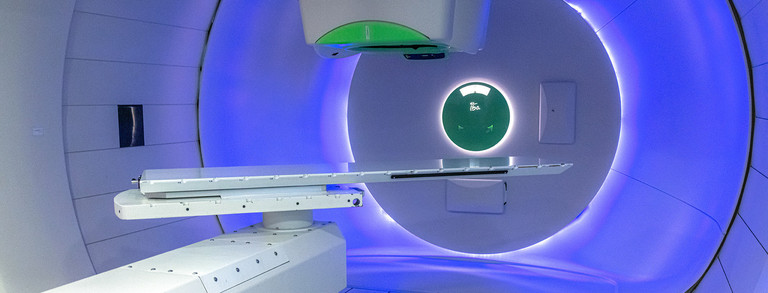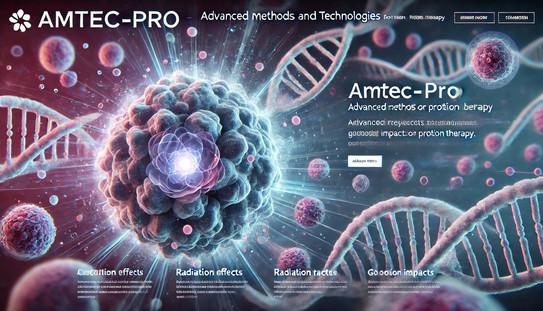Correlation between the surface composition and chemically-induced proton beam sensitizer efficiency in surfactant-free bimetallic alloy NPs
State of the Art: The efficiency of noble metal NPs as sensitizers in proton therapy has been verified in studies in-vitro and in-vivo [Kim10, Pol21], and biocompatibility of these particles at relevant mass and surface doses has been verified [Tay14]. However, the underlying chemical mechanisms of therapy enhancement are underexplored. Previous studies proved the
involvement of ROS as most active contributors [Sic14], and a correlation with the catalytic activity of the NP sensitizers in water splitting reactions (chemical enhancement) has been discussed [Ger22], particularly as pure physical enhancement effects from secondary electrons are spatially negligible due to their very low active range [Lin15]. However, to which extent ROS generation and efficiency are affected by NP alloy material, NP diameter or surface chemistry (ligand corona) is mostly unknown, predominantly due to a lack of systematic studies in this area.
Contact:
Prof. Dr. Stephan Barcikowski




